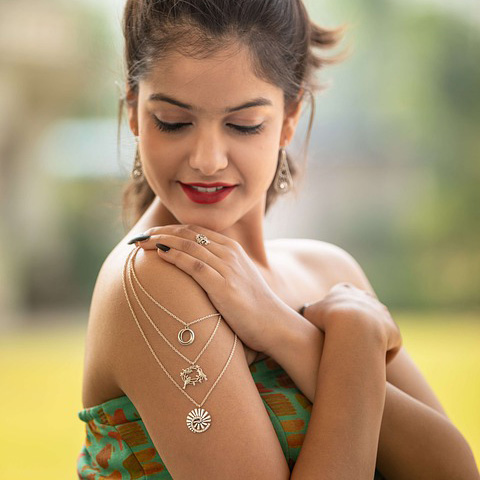Rolex watches are renowned for their ability to withstand incredibly harsh conditions, being fully resistant to both shock and water. Still, even these masterfully crafted timepieces aren’t infallible. So, why does a Rolex watch stop working?
Despite their durability, Rolex watches require proper care to stay in great running condition after years of wear and tear. However, if your watch still isn’t working well even though you’ve taken all the necessary maintenance steps, you may have to rely on the foremost experts for Rolex repair services in San Diego to take a look at your watch and determine what the issue may be.
Visit Leo Hamel Fine Jewelers today and have our seasoned in-house technicians fix your Rolex with unmatched precision and skill. In the meantime, keep reading to see why your Rolex watch may be malfunctioning.
Why has my Rolex stopped working?
While a Rolex watch is expertly crafted to last for a long time, issues do still occur from time to time. If your Rolex has stopped working, you’re probably wondering what could have caused the problem. Read on for the two most common reasons a Rolex watch may not be working properly.
Your watch needs winding
The most common reason why your Rolex watch may not be keeping accurate time is that it needs winding. While most modern Rolex watches have perpetual movements, meaning that they wind automatically with the motion of your wrist, you will still have to wind your watch occasionally, especially if you haven’t worn it for a while.
You have broken parts
If you’ve tried winding your Rolex and it’s still not working properly, you may be dealing with a loose spring or a broken part inside the watch. If you fail to feel any strain while winding the crown, that may be an indication that the main spring is loose and needs to be retightened by an experienced jeweler.
How do I wind my Rolex?
Luckily, winding a Rolex watch is a fairly simple process. The following procedure will work for most self-winding models:
- First, locate the crown of the watch (it’s typically located at the 3 o’clock marker).
- Use your fingers to turn the crown toward you (counterclockwise) until it pops out.
- Rotate the crown away from you (clockwise) around 30 to 40 times.
- Return the crown to its original position by screwing it down tightly to prevent impairing the water-resistance of your watch.
Regular winding will improve the accuracy of your Rolex watch, making sure it keeps time properly. Even though it’s not unusual for watches to lose or gain a couple of seconds every day, COSC states that a high-quality watch shouldn’t gain more than six seconds or lose more than four seconds in a day. If your watch is less accurate than that, it may be time for an overhaul.
Don’t hesitate to depend on the #1 Rolex repair services in San Diego
Repairing a Rolex watch requires high levels of precision and expertise. To maintain the value of your watch and keep it running perfectly, you should only rely on experienced jewelers who know all the ins and outs of Rolex servicing and repair. Luckily, you won’t have to search for dependable experts for too long!
With the help of Leo Hamel Fine Jewelers, your Rolex watch will always be in peak condition, whether you’re wearing it to the beach or for an evening walk in the Gaslamp Quarter. Visit us today and see why we’re the best!
source https://www.leohamel.com/blog/index.php/2019/09/why-rolex-stopped-working-how-wind/
